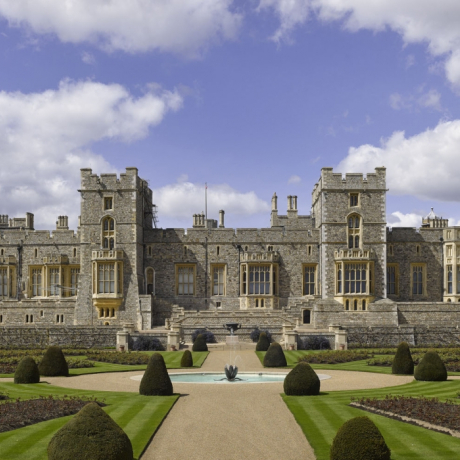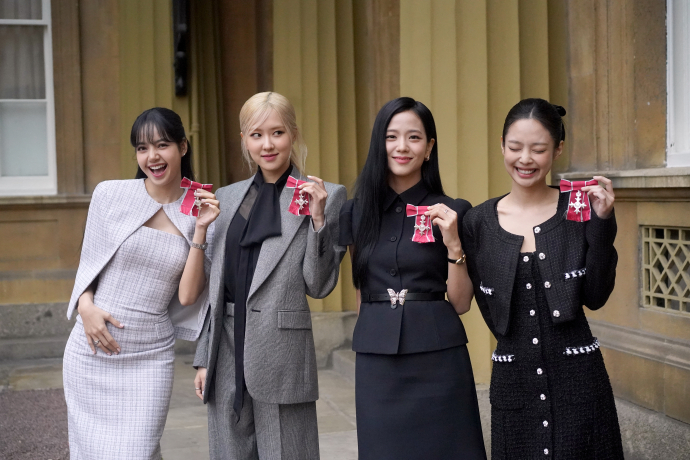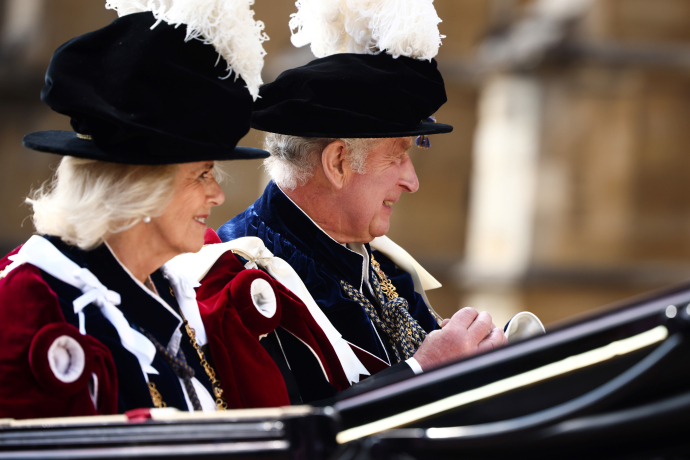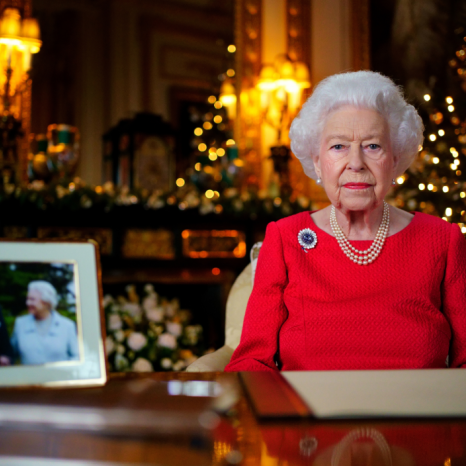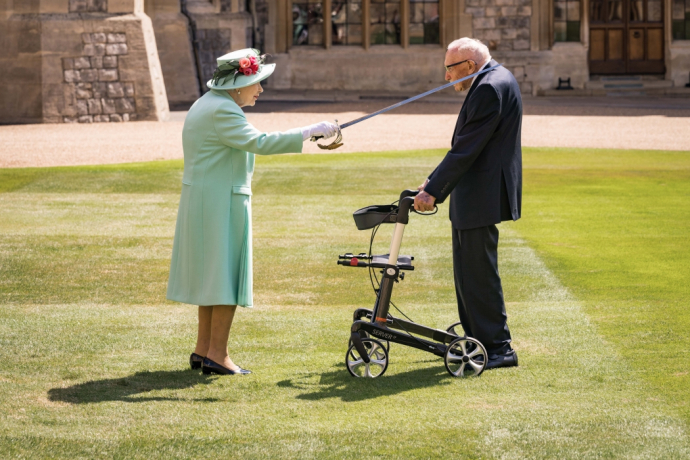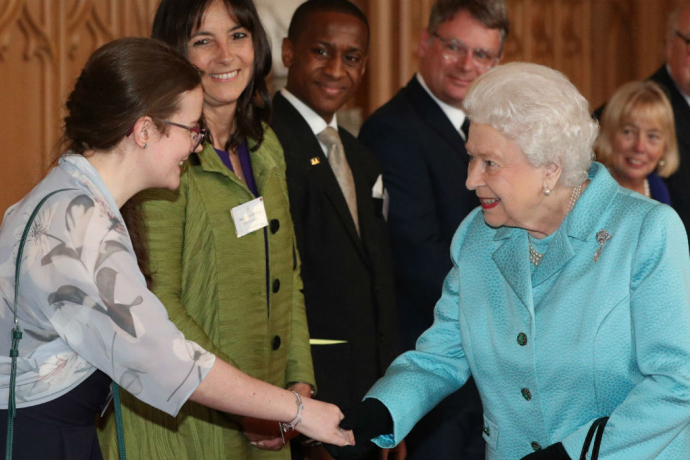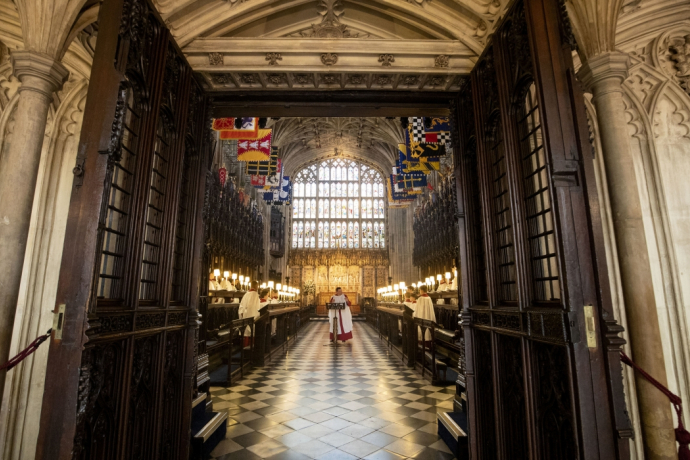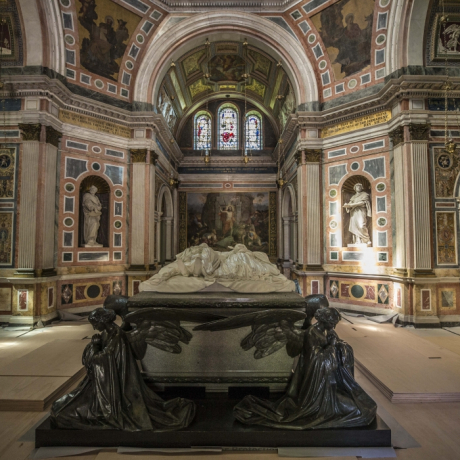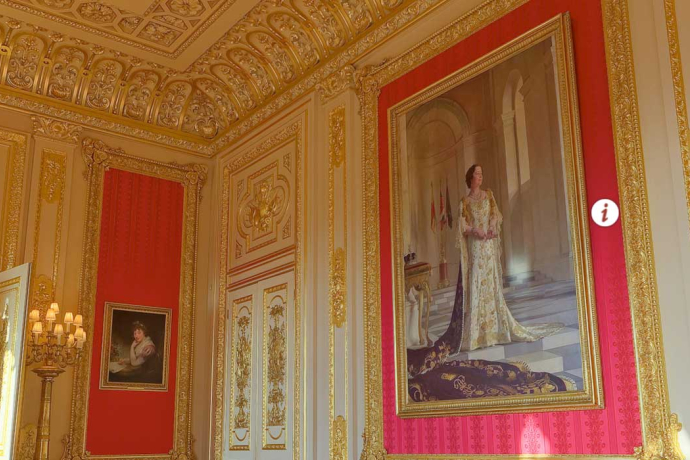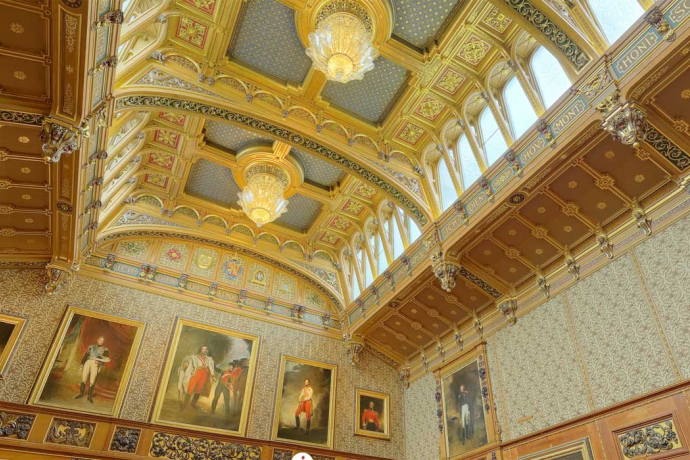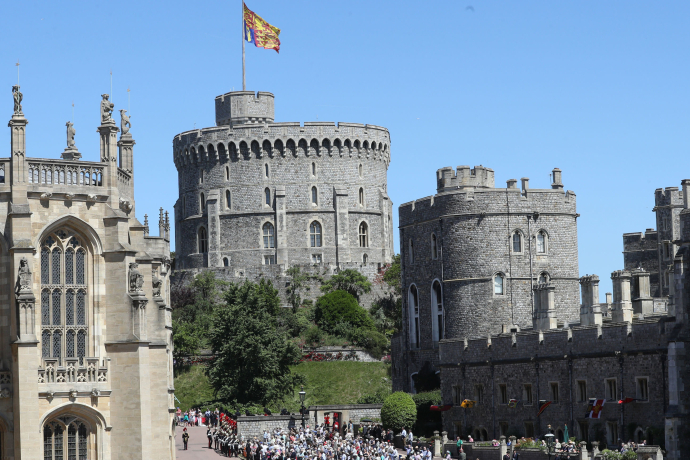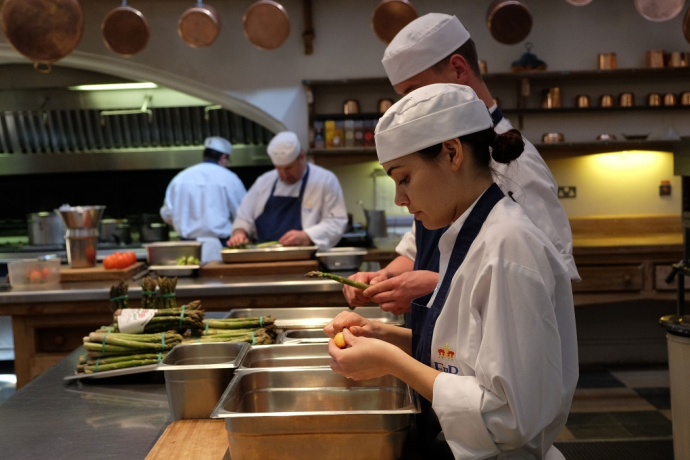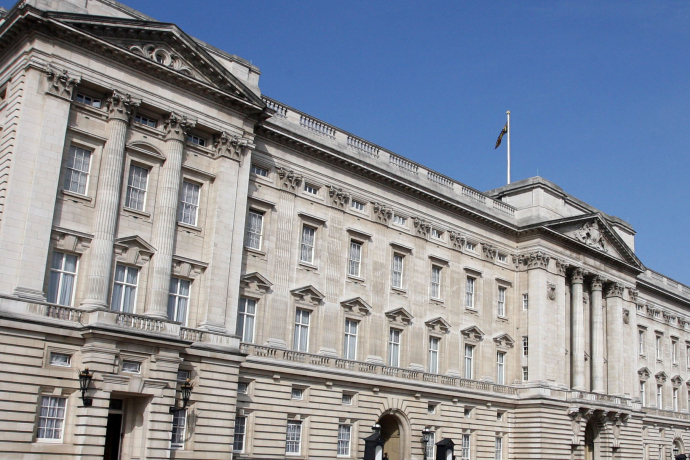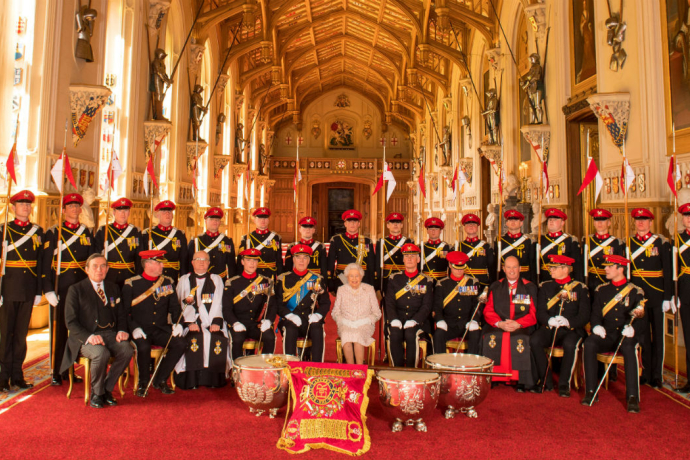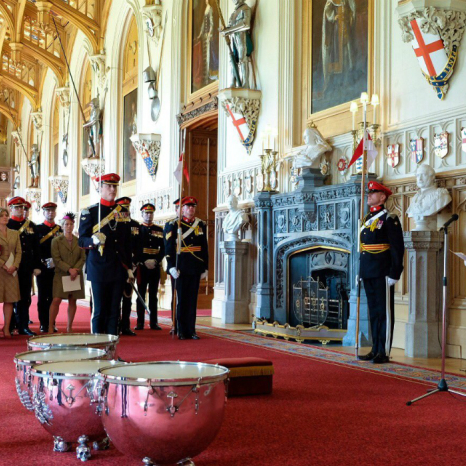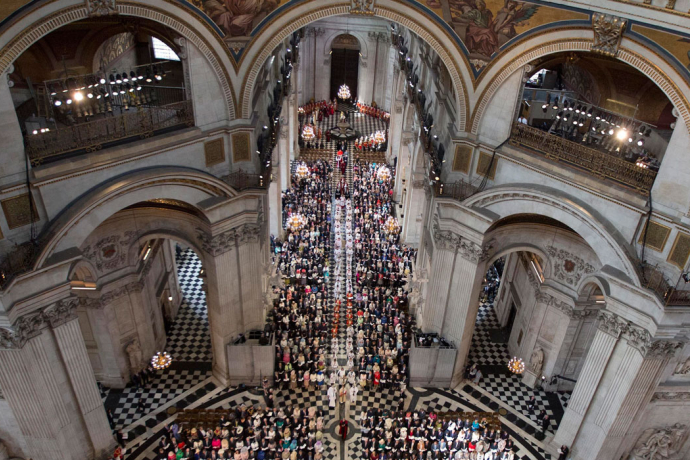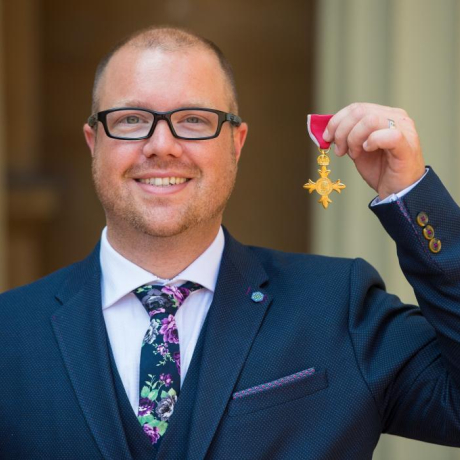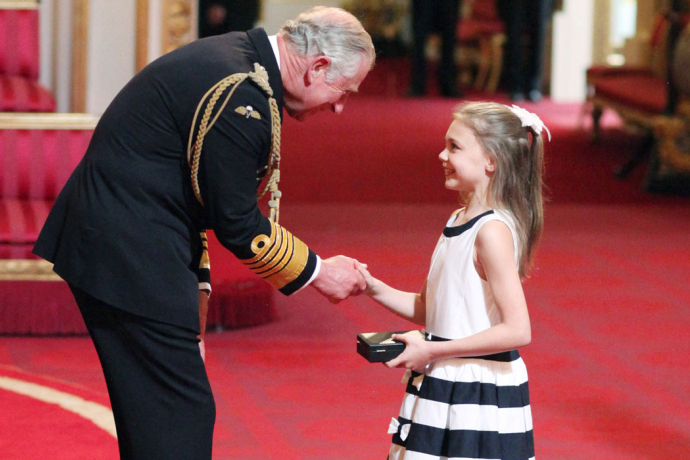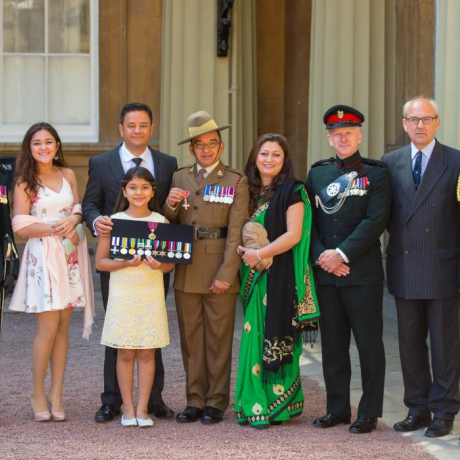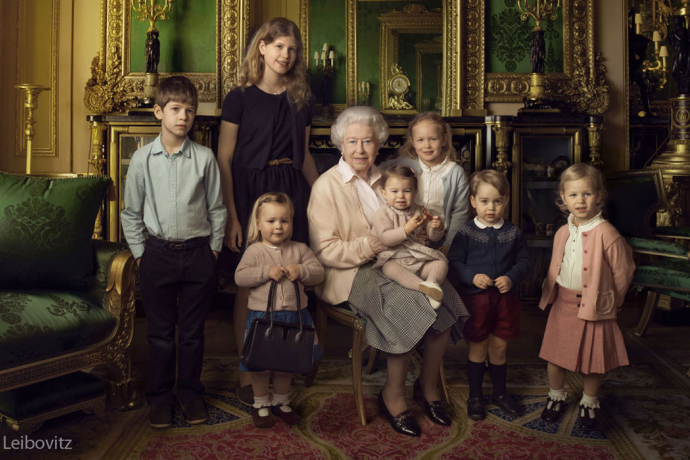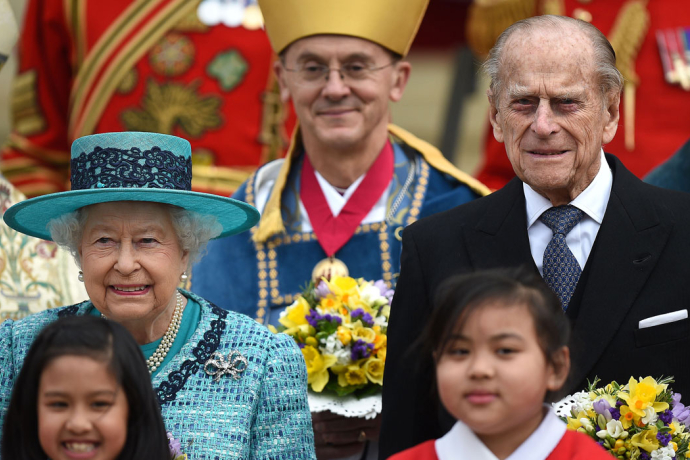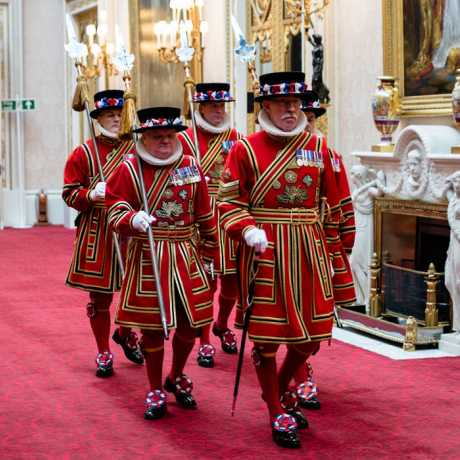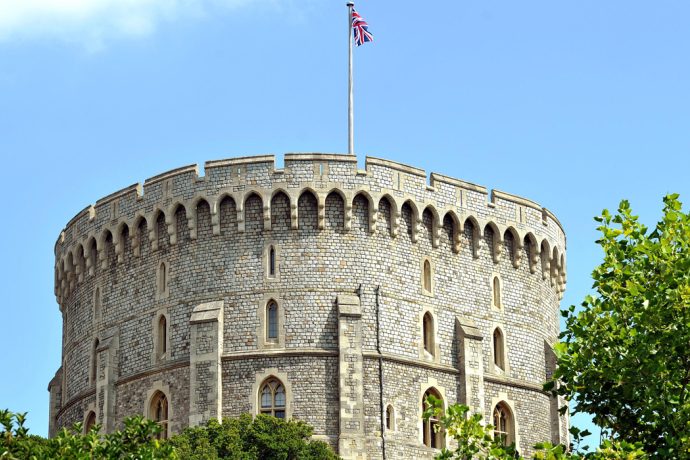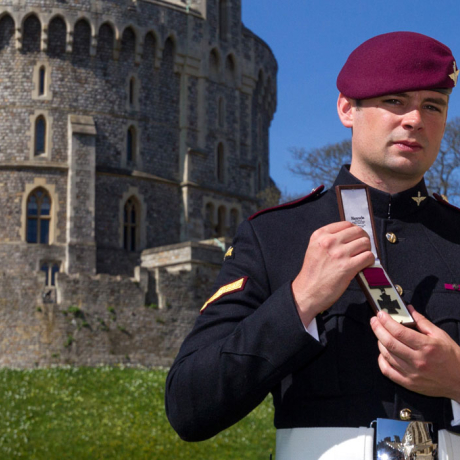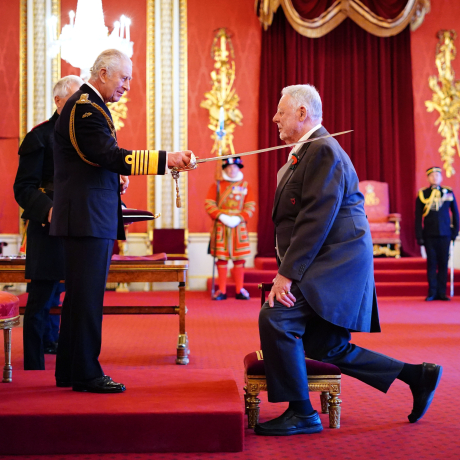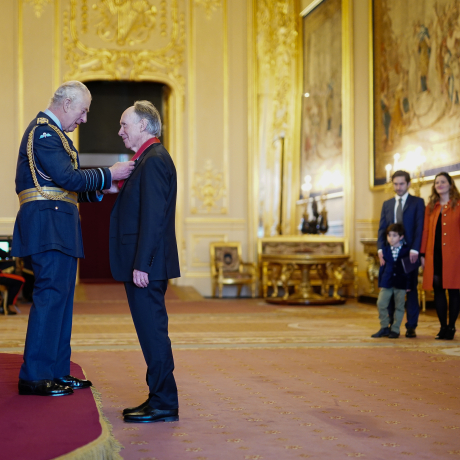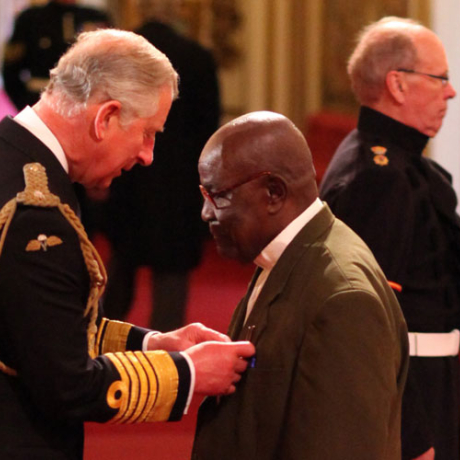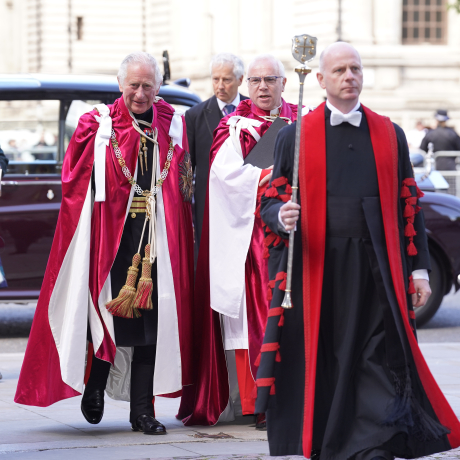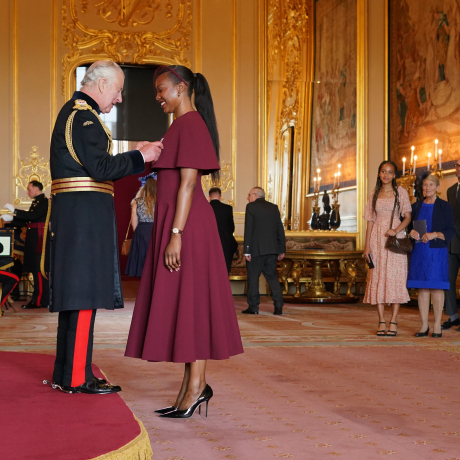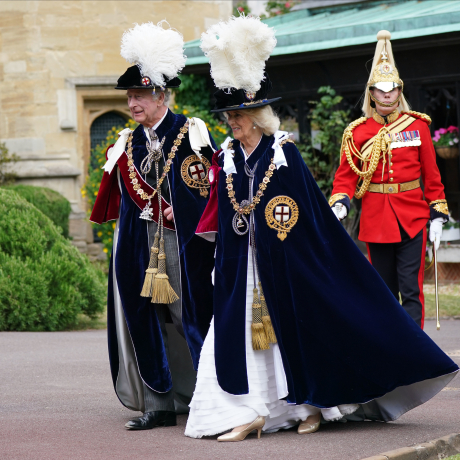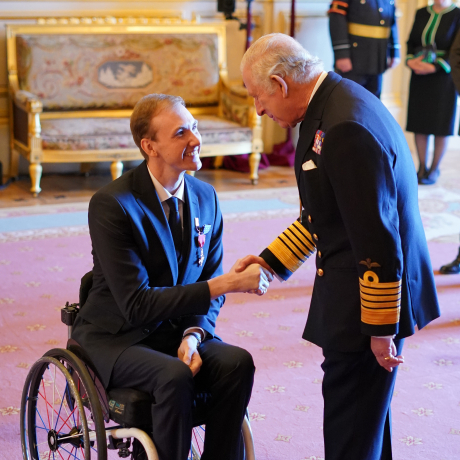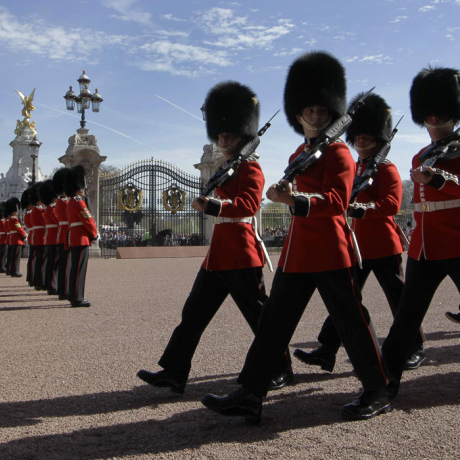Windsor Castle is used regularly for Investitures at which honours recipients receive their medals from a member of the Royal Family in the Grand Reception Room.
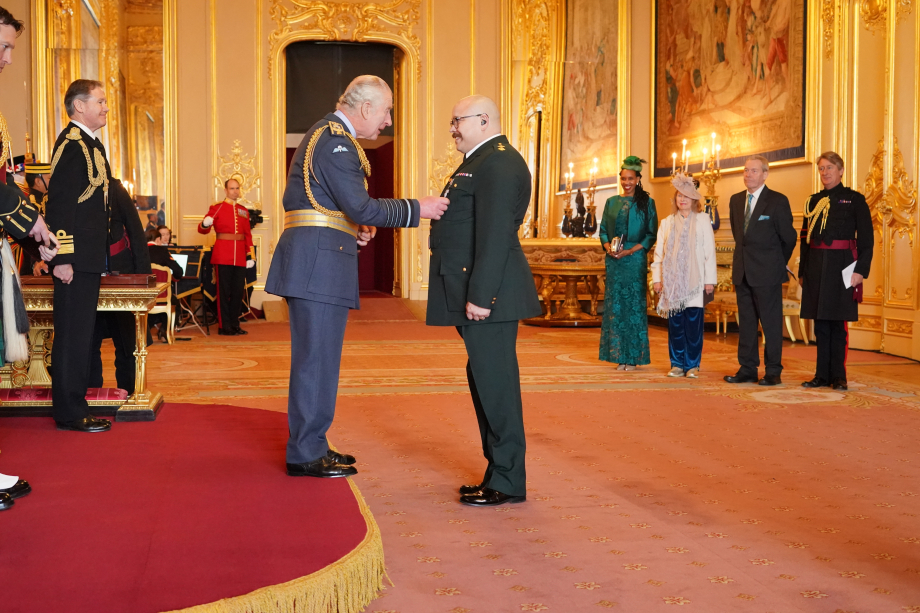
The residence is also used by The King for Audiences.
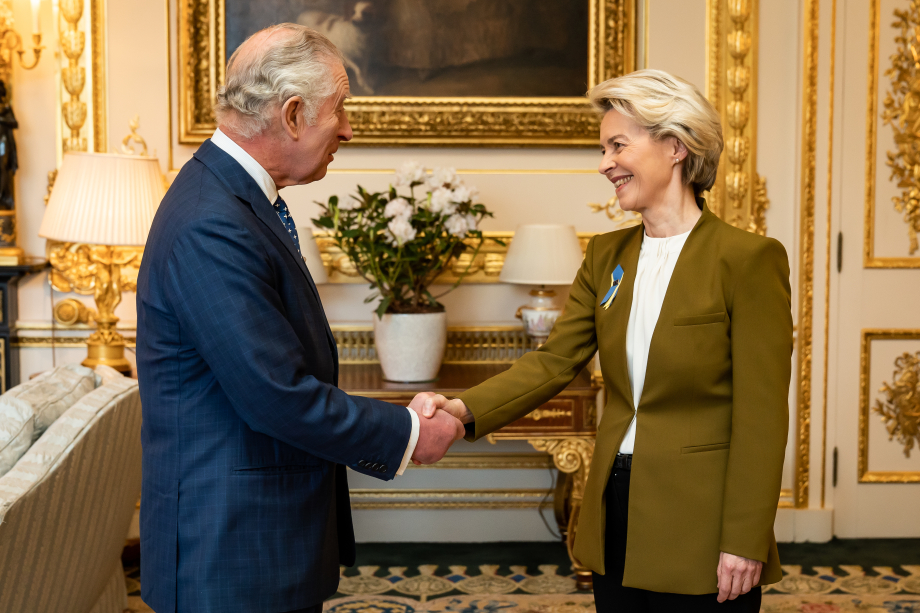
Receptions are held in the spectacular St George's Hall, bringing together guests from across the world to celebrate achievement and collaborate on a variety of charities and causes.
Windsor Castle was often used by the late Queen to host State Visits from overseas monarchs and presidents. For a State Visit at Windsor, foreign Heads of State enter the Castle in horse-drawn carriages through the George IV Gateway into the quadrangle in the Upper Ward, where a military guard of honour is drawn up. The traditional State Banquet is held in St George's Hall (55.5m long and 9m wide), with a table seating up to 160 guests.
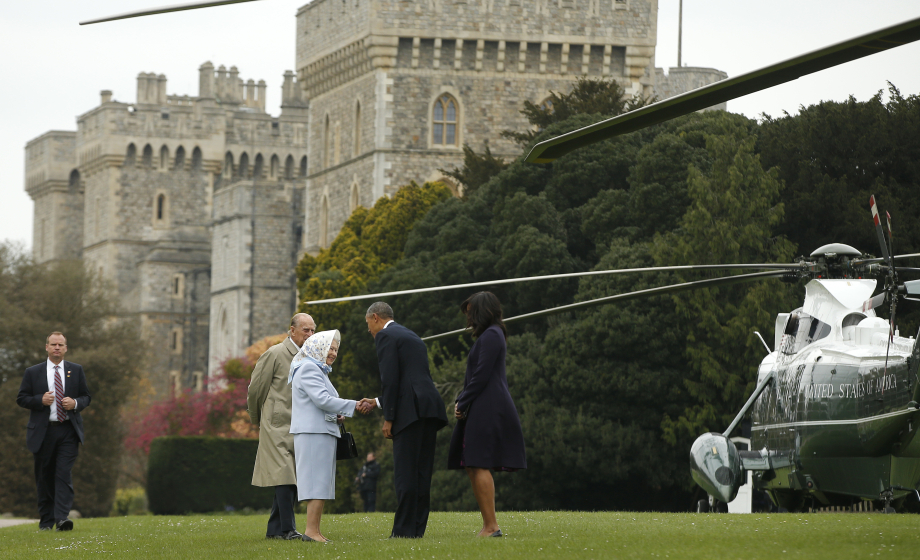
In July 2023, The King welcomed President Biden to Windsor for a brief visit. The President inspected a Guard of Honour in the Quadrangle before spending time with His Majesty in the Castle's State Rooms.
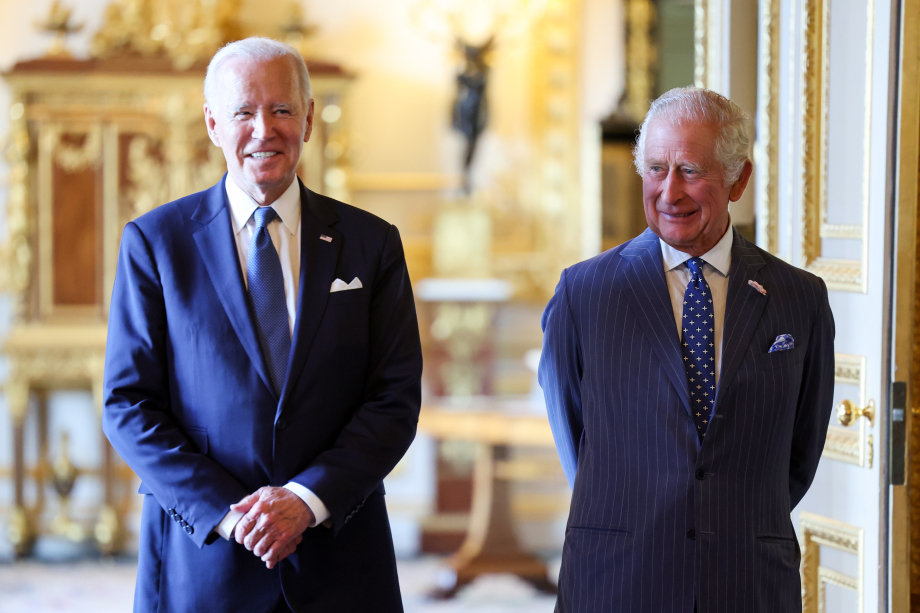
St George's Chapel
St George's Chapel remains an active centre for worship, with daily services open to all. The Chapel is a Royal Peculiar, that is, a chapel which is not subject to a bishop or archbishop but which owes its allegiance directly to the Sovereign. The Chapel, together with the remainder of the College of St George (a school for 400 children and St George's House, a consultation centre), is governed by the Dean and Canons of Windsor, who, with their officers and staff, are independent of the Royal Household.
Many Royal weddings have been celebrated in St George's Chapel, including Prince Edward and Miss Sophie Rhys-Jones in June 1999, Prince Harry and Ms Meghan Markle in 2018, and Princess Eugenie and Mr Jack Brooksbank also in 2018. In 2005, a service of dedication and prayer was held in the Chapel following the marriage of The former Prince of Wales and The former Duchess of Cornwall. Funerals such as those of Queen Elizabeth II, The former Duke of Edinburgh, Princess Margaret and Princess Alice, Duchess of Gloucester, have also taken place there. Queen Elizabeth II lies buried in the Chapel with Prince Philip (The former Duke of Edinburgh), Queen Elizabeth The Queen Mother, King George VI, and Princess Margaret, her younger daughter.
The Royal Family is used as a place of worship by the Royal Family, and was the venue for the annual Royal Maundy Service for the final years of Queen Elizabeth II's reign.
The Royal Household at Windsor
Various departments of the Royal Household are based at Windsor Castle. The ancient Round Tower houses the Royal Archives and the Royal Photograph Collection. The Print Room and Royal Library house precious drawings, prints, manuscripts and books in the Royal Collection.
Those who live and work within the Castle include the titular head of the Castle community, the Constable and Governor of Windsor Castle; the Dean of Windsor, Canons and other staff who run the College of St George; the Military Knights of Windsor; the Superintendent of Windsor Castle and his staff, who are responsible for day-to-day administration; the Housekeeper and her staff; and soldiers who mount a permanent military guard in the Castle.
Windsor Castle is also a busy visitor attraction. Many parts of the Castle are open to the public, including the precincts, the State Apartments, Queen Mary's famous dolls' house, St George's Chapel, and the Albert Memorial Chapel. Changing the Guard takes place regularly in the Castle Precincts. When The King is in official residence, the parade provides a colourful spectacle in the quadrangle.
History of Windsor Castle
Over a period of nearly 1,000 years Windsor Castle has been inhabited continuously, and altered and refurbished by successive monarchs. Some were great builders, strengthening the Castle against uprising and rebellion; others, living in more peaceful times, created a palatial Royal residence.
William the Conqueror chose the site, high above the river Thames and on the edge of a Saxon hunting ground. It was a day's march from the Tower of London and intended to guard the western approaches to the capital. The outer walls of today's structure are in the same position as those of the original castle built by William the Conqueror in the 1070s. So too is the central mound supporting the Round Tower and the Upper Ward, where successive monarchs have had their private apartments since the fourteenth century.
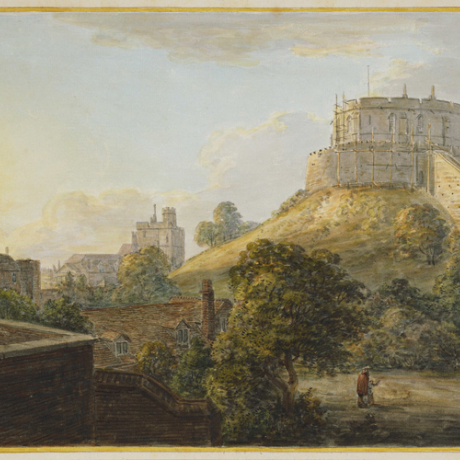
The Round Tower in 1790
View on the Royal Collection websiteIn the 1170s Henry II rebuilt - in stone instead of wood - the Round Tower, the outer walls of the Upper and most of the Lower Ward, and the Royal apartments in the Upper Ward.
In the 1360s Edward III, who was born at Windsor, extended the Castle. He created the immense St. George's Hall for the use of the Knights of his newly founded Order of the Garter. Ten British monarchs now lie buried in the chapel: Edward IV, Henry VI, Henry VIII, Charles I, George III, George IV, William IV, Edward VII, George V and George VI.
During the Civil War the Castle was captured by the Parliamentarian Colonel John Venn in 1642 and became the headquarters for various Parliamentarian commanders. From 1643 the Castle was used as a prison and was used as such throughout the Wars.
In 1648 Charles I was held there before his trial and execution in London; his body was brought back for burial in St. George's Chapel during a snowstorm. Oliver Cromwell took over in 1650 and when he was made Lord Protector in 1653 it became one of his official residences.
Following the Restoration, Charles II was determined to make the Castle as splendid as possible. He created a new set of State Apartments in the 1670s, using the skills of the architect Hugh May, the artist Antonio Verrio for murals and ceiling paintings, and the famous wood-carver Grinling Gibbons.
Virtual tours are temporarily unavailable.
The King's Dining Room and the Queen's Presence and Audience Chambers retain many of these original features. Charles II also laid out the 5km Long Walk leading due south from the Castle into Windsor Great Park.
George IV was a great lover of art and fine decoration. Much of Windsor Castle's present appearance is due to the alterations he instigated in the 1820s with his architect, Sir Jeffry Wyatville. The buildings were refashioned in the Gothic style, with the addition of crenellations, turrets and towers. In the Upper Ward the private apartments were moved from the north side of the quadrangle to the south and east side. The rooms on the north side were designated, as now, as for use on formal occasions and State visits.
One of George IV's most remarkable additions was the Waterloo Chamber, which was created in the 1820s to show portraits commissioned from Sir Thomas Lawrence to commemorate the defeat of Napoleon at the battle of Waterloo in 1815, representing the monarchs, soldiers and statesmen who were involved in that defeat and its aftermath. They include George III, George IV and the future William IV, the Duke of Wellington, Field Marshal von Blücher, the Emperors of Austria and Russia, the Kings of Prussia and France, and Pope Pius VII.
Queen Victoria and Prince Albert were devoted to Windsor, where they spent much of their time. It was during the reign of Queen Victoria that, in 1845, the State Apartments were first opened to the public. Prince Albert died of typhoid at Windsor in 1861 and was buried in a spectacular mausoleum that Queen Victoria constructed at Frogmore in the Windsor Home Park.
During the Second World War, Windsor Castle was home to the young Princesses Elizabeth and Margaret Rose while their parents supported the war effort in London and around the country. Queen Elizabeth II spent a significant amount of time at Windsor during her final years, holding Audiences and receptions in the State Rooms. It was her residence throughout the Covid pandemic.
The twentieth-century history of the Castle is dominated by the major fire that started on 20 November 1992. It began in the Private Chapel, when a spotlight came into contact with a curtain and ignited the material. It took 15 hours and one-and-a-half million gallons of water to put out the blaze. Nine principal rooms and over 100 other rooms over an area of 9,000 square metres were damaged or destroyed by the fire, approximately one-fifth of the Castle area.
The next five years were spent restoring Windsor Castle to its former glory. It resulted in the greatest historic building project to have been undertaken in this country in the twentieth century, reviving many traditional crafts.The restoration was completed six months ahead of schedule on 20 November 1997 at a cost of £37 million £3 million below budget. Seventy per cent of the necessary revenue was raised from opening Buckingham Palace's State Rooms to visitors in August and September.
The remaining 30 per cent of the cost was met from savings in the annual Grant-in-Aid funding from Parliament for the maintenance and upkeep of the occupied Royal Palaces. The restoration was undertaken at no additional cost to the taxpayer.
To mark the completion, Queen Elizabeth II and Prince Philip, The former Duke of Edinburgh, held a 'thank you' reception in the restored rooms on 14 November 1997 for 1,500 contractors. On 20 November that year, they celebrated their Golden Wedding Anniversary with a ball also held at Windsor Castle.
Visiting Windsor Castle
Windsor Castle is open to the public all year round. Find out more about visiting the Castle on the Royal Collection Trust website.

